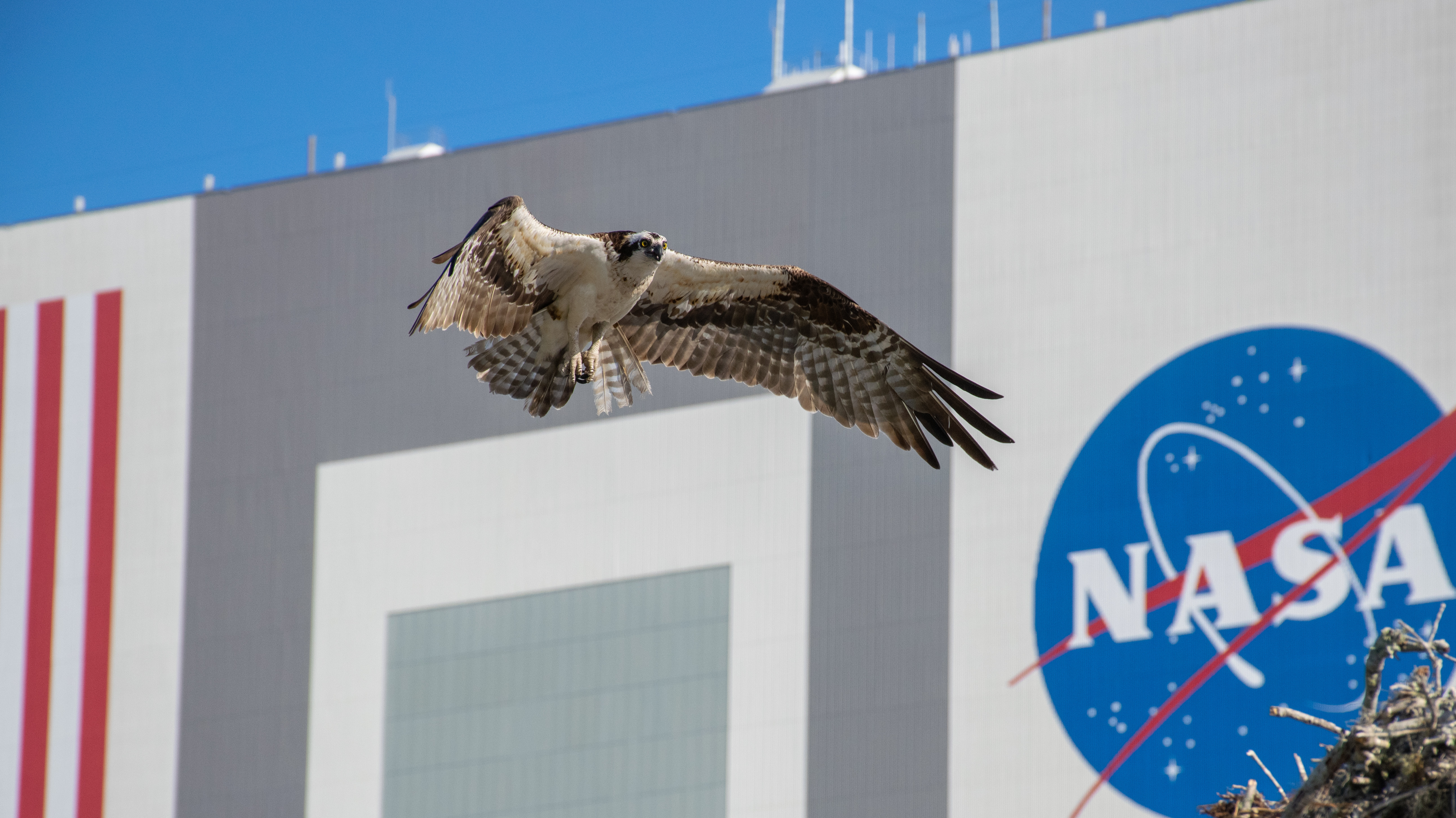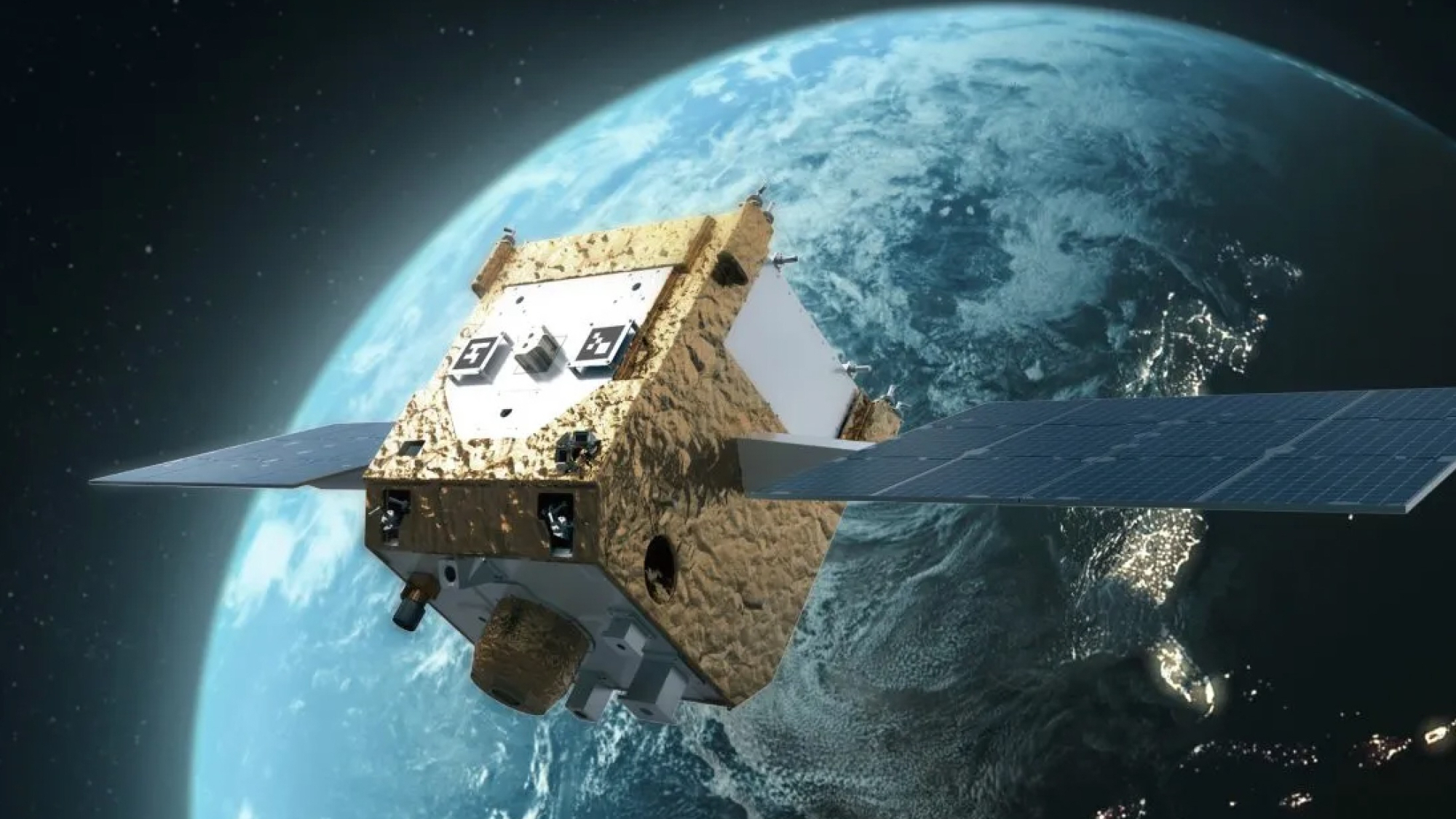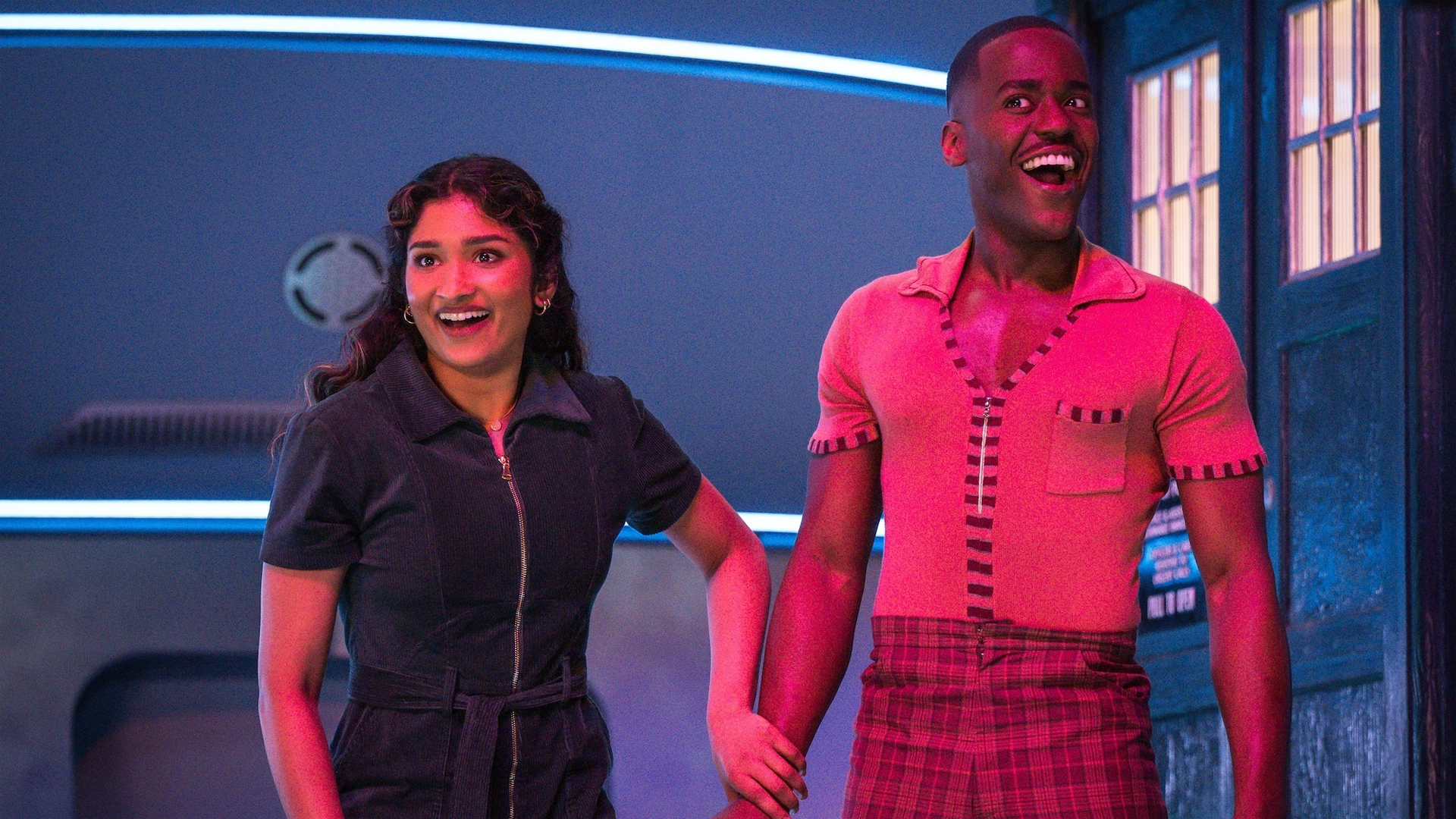Should future Mars missions have all-female crews?
Team dynamics will be essential to future missions to the Red Planet.

From NASA to SpaceX, numerous space agencies and private spaceflight companies have bold plans to send humans to Mars, possibly even within the next few decades.
Given NASA's ambitious plans to land astronauts on Mars by 2040, a hot topic of debate has been who will get to represent humanity on the Red Planet. At the center of that discourse is the 70-year-old argument that an all-female crew would make the most sense both biologically and psychologically, and not just as a matter of diversity and representation.
This argument is backed up by numerous scientific studies that cite the fact that an all-female crew would consume fewer resources than an all-male crew would, making the long-distance journey to Mars more efficient. However, many experts say this argument is no longer relevant and that a diverse crew would ultimately perform better.
Related: Diversity will be key to Artemis moon-to-Mars push, NASA officials say
Benefits of an all-female crew
Numerous studies since the 1950s have found that women occupy less space and consume lower amounts of life-support resources — like oxygen, water and food — than men do.
New calculations support that idea. In a paper published in April in the journal Scientific Reports, a team of researchers found that, on a 1,080-day mission, a four-member, all-female crew would need 3,736 pounds (1,695 kilograms) less food than an all-male crew would, amounting to a savings of $158 million.
"On average, women tend to be smaller than men, and so this metabolic advantage may be greater in women, as suggested by our calculations," Jonathan Scott, a researcher at the French Institute for Space Medicine and Physiology and the study's lead author, told Space.com. "This is why we concluded that there may be specific metabolic or life support resource operational advantages to all-female crews during future human space exploration missions."
Get the Space.com Newsletter
Breaking space news, the latest updates on rocket launches, skywatching events and more!
In the space industry, a lot of time and effort are spent trying to make resources smaller, lighter and more efficient, because the heavier a spacecraft is (including the weight of the fuel), the more fuel is required to lift it against Earth's gravity. Therefore, an all-female crew would be a logical solution for long-term missions such as those to Mars, scientists have long argued.
In the latest study, Scott's team used available data about astronauts' physical fitness and average body mass and assumed that they would exercise twice a day, six days a week, which is the exercise regimen of astronauts on the International Space Station. (On the ISS, astronauts currently exercise for two hours each day, which is split into 30-45 minutes of aerobic exercises and 45 minutes of resistance or strength training.)
On a three-year mission, a crew of four women with heights between 4 feet, 11 inches and 6 feet, 3 inches (1.5 to 1.9 meters) — roughly the criteria for astronauts today — consumed 5% to 29% less resources than men across the same height range.
Because that was a large range of heights, the team also compared how resources would be consumed by astronauts in the 50th percentile of heights by sex, and found that a theoretical all-female crew would consume 11% to 41% less life-support resources than an all-male crew would. Given the limited data available on real astronauts, especially women, the team made a number of assumptions about future missions to complete the calculations, said Scott, who also conducts research on health care for astronauts for the European Space Agency's Space Medicine Team.
However, Scott cautioned that the team "had to make a number of assumptions about future missions and how people would respond to them in order to complete the calculations." Moreover, the team only had access to limited data from real astronauts, especially on female astronauts, so the findings are not comprehensive enough yet to inform real missions.
"At this point in time, I don't think our study will have any influence [on the gender of the crew for a Mars mission], and I don't think it should," he said. "The two studies we performed, one on theoretical male and one on theoretical female astronauts, are just that — theoretical."
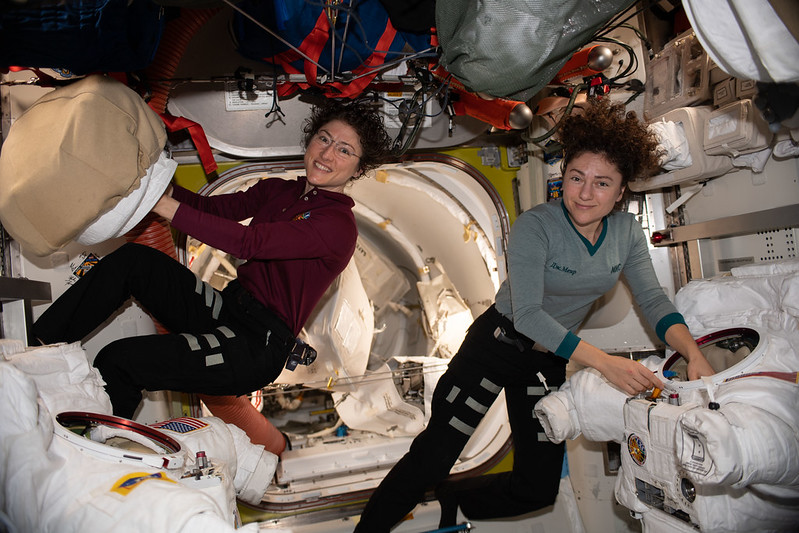
"We need to go forward"
Despite similar findings from numerous studies, some scientists say that leaps in technology have made these kinds of calculations a lot less relevant than they were at the beginning of the space program.
"We do not need to go back in time; we need to go forward," Dr. Saralyn Mark, health innovation director at Star Harbor, a spaceflight training facility in Colorado, told Space.com. "It is not a question of who is better, smarter, faster [or] takes less resources. It is a question of how well you train individuals and what is your value to a mission."
Back in the late 1950s, each Mercury 7 astronaut — NASA's first space travelers — had to be small enough to fit in the Mercury spacecraft's small, one-man capsule. All of them were men, because women were banned from becoming military test pilots, which was the only entry point for astronauts at the time. In 1983, Sally Ride became the first American woman in space.
Related: The 1st human on Mars may be a woman, NASA chief says
A lot has changed since then. So far, 78 women have flown to space, and NASA's first astronaut class with equal numbers of men and women (four each) was in 2013. Spacecraft designs have evolved, too. The Orion spacecraft, NASA's chosen vehicle for crewed missions to the moon and maybe even to Mars, is much less constrained than its predecessors and can carry four astronauts.
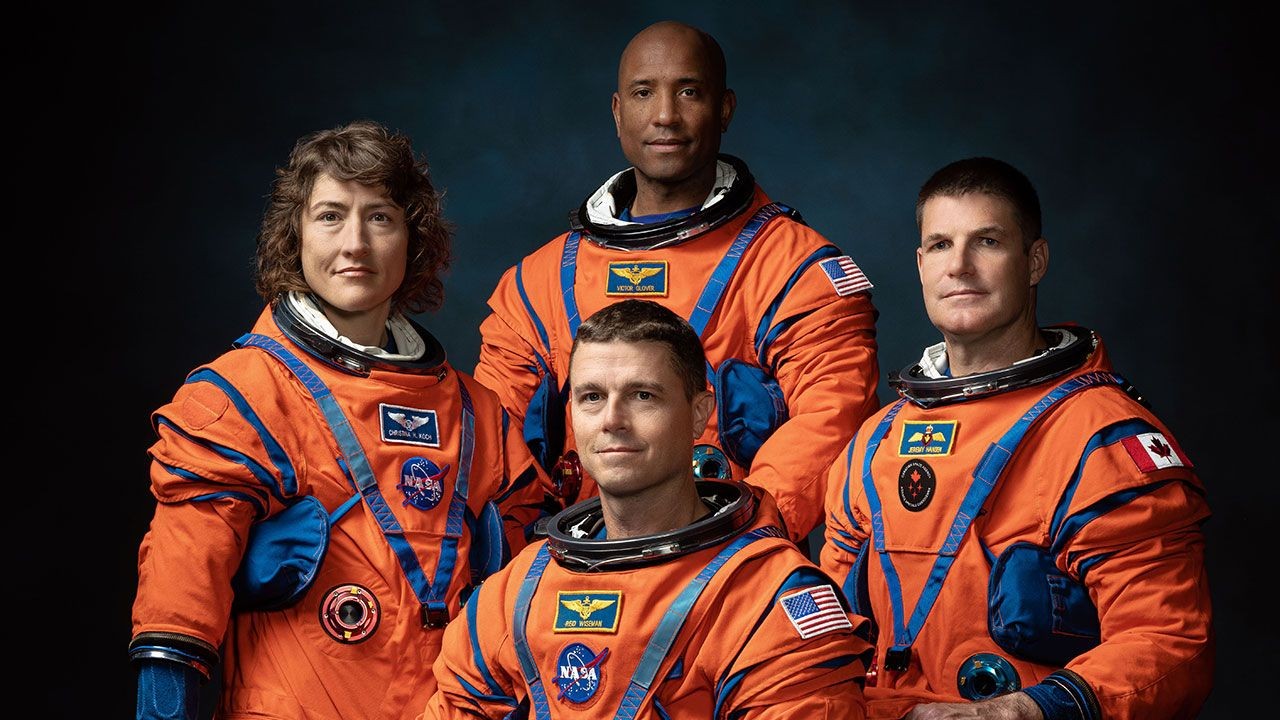
Diversity is key
Despite the statistics suggesting the theoretical benefits of an all-female crew, experts cautioned that numbers may not tell the whole story. Instead, they encouraged taking a broader view, and diversity is key to that perspective.
"If we are talking about trying to reduce the weight and volume of the things we send with humans, then we can also reduce the weight and volume of the humans involved — but that doesn't mean it has to be all-female," Michaela Musilova, former director of the Hawaii Space Exploration Analog and Simulation (HI-SEAS) habitat, told Space.com.
Experts echo a message they say is key to a mission's success: A diverse crew is more efficient and more effective than a single-gender crew. So the idea of an all-female crew, however pragmatic it may sound, "would be a form of gender discrimination towards men," Mark said.
"We don't want to set up this binary competition," she added. "In today's world, we have the technology; we have the capabilities to democratize space to ensure that there is space for all."
Instead, the focus should be on the numerous other skills of each individual and how the group operates as a whole.
"This idea of all-men or all-women — it's just not realistic," Gloria Leon, a professor emeritus of psychology at the University of Minnesota who studied mixed- and single-gender crews on multiple analog missions, told Space.com. "There's so many other factors that go into the physiology of the individual and how that relates to their performance in a three-year mission."
To study those factors, researchers rely on analog space missions that simulate trips to the moon and Mars missions on remote areas on Earth, like the HI-SEAS habitat in Hawaii. For a few months, these mock-mission participants live like they are on Mars, including completing research assignments and dealing with the 20-minute communication delay between Mars and Earth.
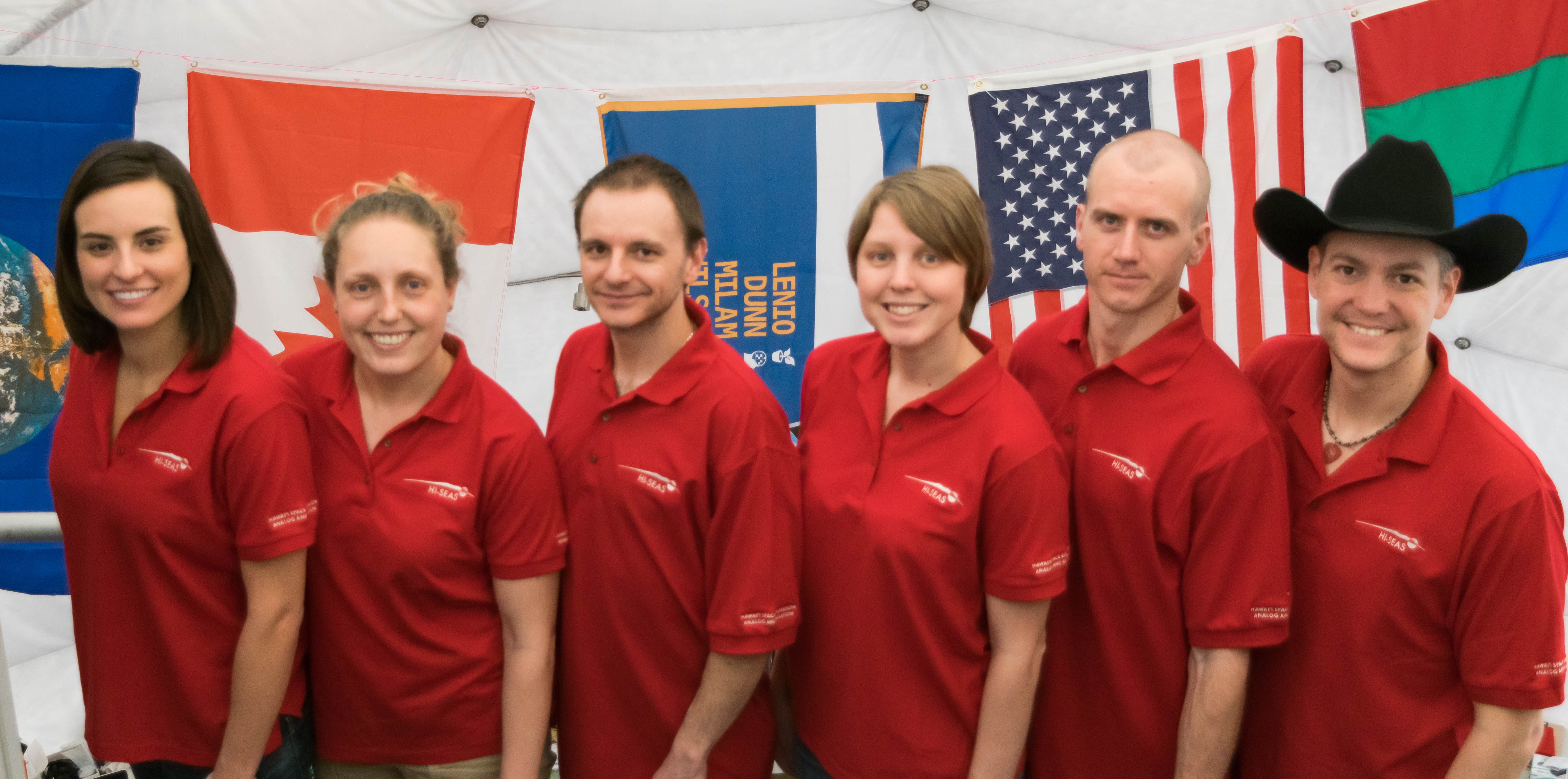
For a handful of those missions, Musilova specifically selected all-male or all-female crews to understand the differences; for most of the other missions, crews were not asked their gender or ethnicity details. She found that there was nothing gender-specific that influenced the efficiency or success of various teams but that the greater the crew's diversity was, the more the members were able to learn from one another, ultimately helping them solve challenges and gain new perspectives, she said.
"These days, gender really shouldn't play such a big role," Musilova said. "We should really focus more on having competent and capable people who, for space missions, are empathetic, can communicate well, are adaptable, patient and trained well for all the difficult situations that the crews may go through and that they train together as a crew so they can work really well together and face all those challenges and problems together."
So what would diversity on a Mars mission look like? The crew for NASA's Artemis 2 mission, which will fly a woman beyond low Earth orbit for the first time, is a good start, but there's still a long way to go. For example, there is no research available on the effects of spaceflight on intersex or transgender people. Beyond genders, there is a yawning gap in the nationalities of astronauts who have flown to space, and a crewed mission to the Red Planet could be an opportunity to change that.
"I want everyone to see a part of themselves in the faces of those who go to Mars, because it is basically a continuation of our species on another planet," Mark said.
Join our Space Forums to keep talking space on the latest missions, night sky and more! And if you have a news tip, correction or comment, let us know at: community@space.com.

Sharmila Kuthunur is a Seattle-based science journalist focusing on astronomy and space exploration. Her work has also appeared in Scientific American, Astronomy and Live Science, among other publications. She has earned a master's degree in journalism from Northeastern University in Boston. Follow her on BlueSky @skuthunur.bsky.social
-
murgatroyd ReplySo what would diversity on a Mars mission look like? The crew for NASA's Artemis 2 mission, which will fly a woman beyond low Earth orbit for the first time, is a good start, but there's still a long way to go. For example, there is no research available on the effects of spaceflight on intersex or transgender people.
Please, no. A post-op trans, horribly mutilated, requiring lifelong specialist medical care. And even a pre-op trans still suffers from the same mental illness. Am I being able-ist? Yes; yes I am. A U.S. senator should be free from cognitive malfunction, able to communicate verbally without restrictions. Astronauts should be sound in mind and body, before their skill sets are evaluated. I make no apologies for these preferences.
Intersex people (people with chromosome defects, such as Klinefelter syndrome) may be too physically impaired to take on the challenges of travel to Mars. If, however, one can meet the exacting requirements and offer a unique skillset in addition, I suppose they should be taken into consideration. But not on the basis of "Inclusivity", which is in conflict with the principle of meritocracy. -
Synche Sure, you have the team dynamic thing down. But what happens when the airlock blows and everyone needs to stop crying and do some calculus? Then you're screwed.Reply -
WisdomLost To the contrary, the early missions to Mars should be all-male. Most of the supporting arguments in this article are well-thought-out and make a very convincing case. However, there is a very important factor that does not seem to have been considered.Reply
The reproductive health of women in a high-radiation environment would be of great concern. Women, unlike men, carry the next generation from birth. There is little evidence garnered from the few women that have been to space to make conclusions about the effects of space travel on a woman's ability to produce viable offspring following years of exposure to the radiation that would be encountered in a Mars mission. Even with medical information from the women who spent extended periods on the ISS (low-earth orbit), we would not know the extent of harm that could be done from travel through open space or in a habitat on the surface of Mars.
Males, on the other hand, may experience any number of reproductive issues as a result of exposure to radiation on a prolonged mission, but would not carry damaged reproductive cells for more than a few weeks. The likelihood for offspring of male space travelers to experience genetic anomalies, vs female space travelers, is far lower.
Until we have more evidence, it is a safer and wiser approach to avoid sending reproductive-aged women to Mars. If women are to participate in early Mars missions, they should be past child-bearing years or have no interest in starting a future family. -
Bop O'Beep Taking the Red Planet moniker to heart. Wait till the cycles sync and a fight starts over the chocolate ration.Reply -
WisdomLost Reply
Actually, an all-female mission to Mars would lack gender diversity... by definition.Admin said:Statistics show that women are better astronauts than men, but gender diversity is key to a successful Mars mission, experts say.
Should future Mars missions have all-female crews? : Read more -
ChrisA The very FIRST question you have to ask is, "why are you sending a crew at all?" Humans can do somethings faster than robots but unless you are in a big hurry, robots controlled from Earth will do the same science at 5% of the cost.Reply
OK, but robots can't take selfies of humans standing near a flag on Mars. This is the reason you send astronauts, to make those impressive photos.
If the reason to send humans is just to send humans so you can say you sent humans, then any human will do. You do save some money if you send only females who are small, say about 5 feet tall and 110 pounds. They would eat a LOT less than a 180 pound male astronaut, and over a 2 year mission and four people this difference in food makes for a lot of weight savings.
But on the other hand, sending a crew of smaller women looks like you did it because you were unable to send a crew of median sized astronauts and decreases the propaganda effect of these selfie shots with the flag. So you really do need to send a more diverse crew. Again you have to look back to the reason you sent a crew.
If you look only are engineering and economics, there is no reason for astronauts. But if the reason is so you can say "look what we can do." then sending only the smallest people you can looks bad, even if it makes sense from an engineering point of view. -
ChrisA Reply
Typically, astronauts are old enough that they have already had children. Reproductive health is not an issue. So sending women over 40 years old is reasonable.WisdomLost said:The reproductive health of women in a high-radiation environment would be of great concern. Women, unlike men, carry the next generation from birth.
The average age for a new-hire astronaut is 37. They would not be sending rookie astronauts to Mars. Only those with some experience would go. By then they would be over 40. Many astronauts are in their 50s.
Because of lifetime limits for exposure to radiation, it makes sense to send older people to Mars. A 50 year old could take a higher yearly does and still keep under the lifetime exposure limit. -
Bonzadog Reply
But is Mars colony a good idea since there is a lot of radiation there due to Mars very weak magnetic field. Also, UV would be intense. OK, they would need to live underground, but is that a viable existence? Would the water found on mars be drinkable or irradiated?Admin said:Statistics show that women are better astronauts than men, but gender diversity is key to a successful Mars mission, experts say.
Should future Mars missions have all-female crews? : Read more




